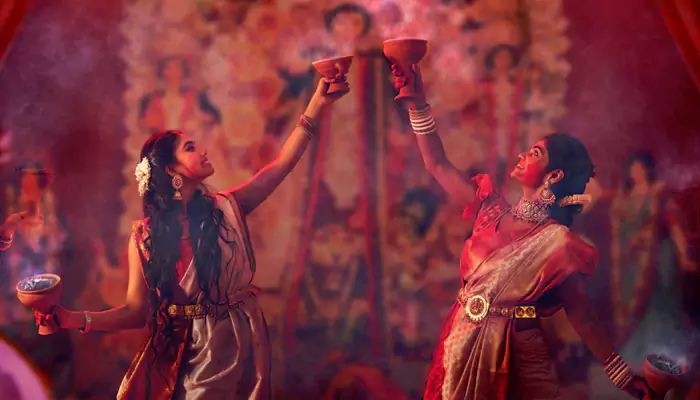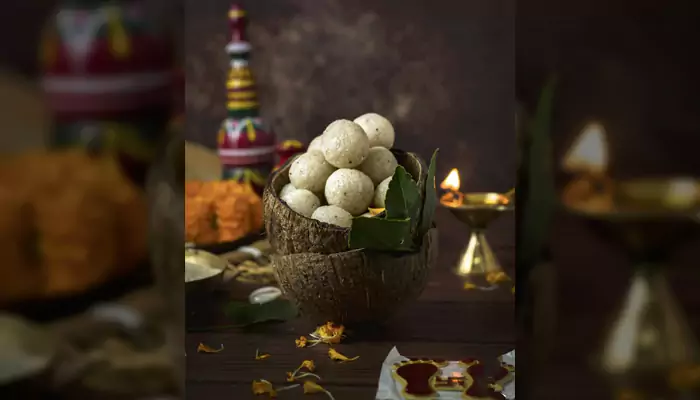Celebrating Makar Sankranti: The Legends Associated With The Festival
- Sayan Paul
- 11 months ago
- 3 minutes read

Makar Sankranti marks the transition of the sun from the zodiac of Sagittarius (dhanu) to Capricorn.
Makar Sankranti is one festival that we can never get enough of, no matter how old we become. And you know, there's a lot to do here - whether it's decorating the house, flying kites, preparing delicacies, or simply dancing, singing, and feasting. However, amidst all the hustle and bustle, do we ever pause and wonder about what's behind all the celebrations?

Well, just like any other Indian festival, Makar Sankranti too has several legends associated with it. These are as fascinating as the festival itself, and being aware of them will only deepen your connection with the festival.
Mahabharata
The most popular reference to Makar Sankranti can be found in the Hindu epic 'Mahabharata'.
Bhishma had a special boon granted by his father, which allowed him to choose the time of his death. During the Kurukshetra war, he fell on a bed of arrows by Arjuna. However, he decided to wait for an auspicious time to leave his mortal self. After almost a month, he chose the day of Makar Sankranti for the same. Because he believed that Uttarayana (the Sun's transition from the Southern Hemisphere to the Northern Hemisphere) was the perfect time to die in order to attain salvation.

Now, it's believed that those who die during Makar Sankranti are free of rebirth.
Lord Krishna
According to this legend, Lord Krishna - on the day of Makar Sankranti - asked the cattlemen of Vrindavan to worship the Govardhan Mountain (which provided them with resources like food and shelter) instead of Lord Indra (God of rain). This angered Indra, who then caused heavy rains and thunder to the village. Amidst that flood-like situation, Krishna lifted the Govardhan Mountain on his little finger to protect the farmers and their cattle.
Realizing his mistake, Indra requested Lord Krishna for his forgiveness. Krishna, in turn, granted the worship of Indra during Makar Sankranti.
Lord Shiva
Lord Shiva once asked his bull Nandi to go to Earth and deliver a message to his devotees: have an oil bath every day and food once a month. However, Nandi got confused with the word and told the people to have food every day and an oil bath once a month.
Learning about this, Shiva got furious, however, realized that people would now need more food to eat every day. Hence, he ordered Nandi to stay back on Earth and help people plow and grow crops.

This happened during Makar Sankranti. So, worshipping Nandi is one of the many customs of the festival in several parts of India.
Lord Surya & Shani
Legend has it that Lord Surya and his son, Shani (the ruler of the Makar Rashi) never get along well due to the differences in their nature. However, Makar Sankranti is the only occasion of the year when Lord Surya visits Shani's house and then stays with him for a month.
This is very significant as it symbolizes the importance of forgiveness and unity. Therefore, Makar Sankranti is an occasion where the eternal father-son relationship is celebrated.
Well, it's important to understand the significance of these stories, as they are an integral part of our culture. And even if you don't believe them, don't try to dissect them critically - remember what 'Hamlet' said: "There are more things in heaven and earth, Horatio, than are dreamt of in your philosophy."


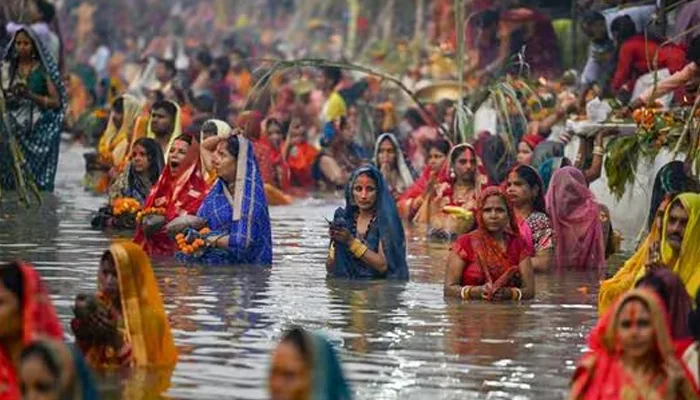
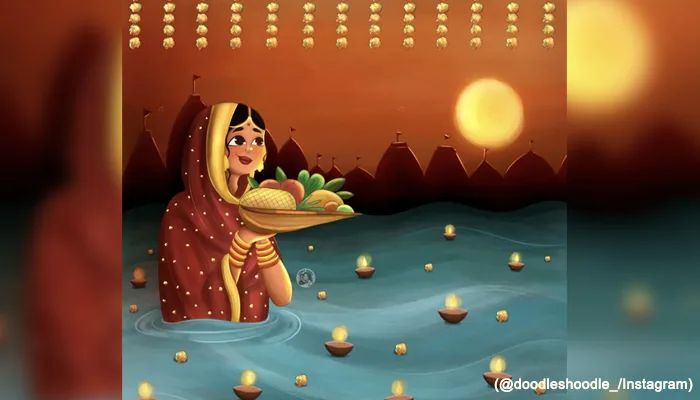
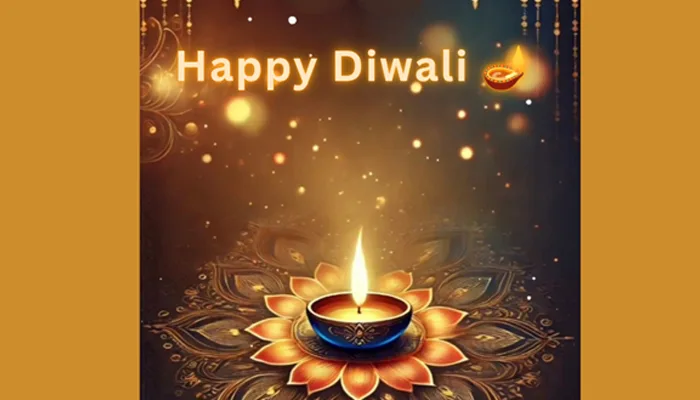
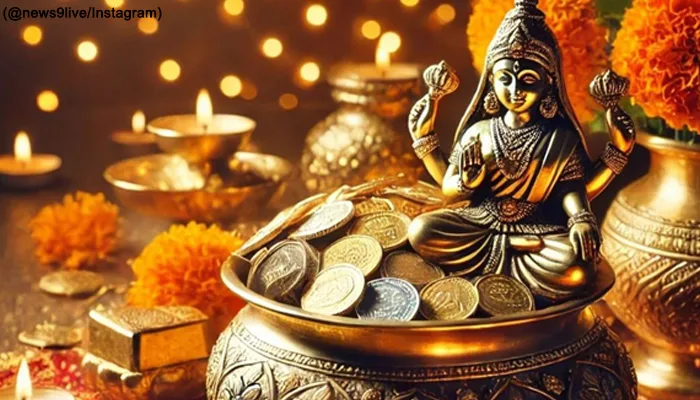
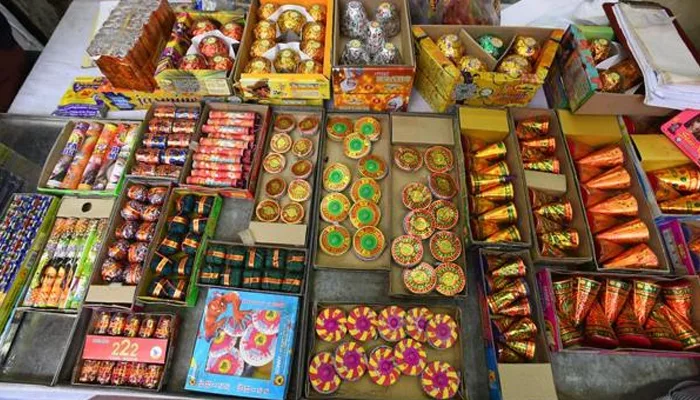
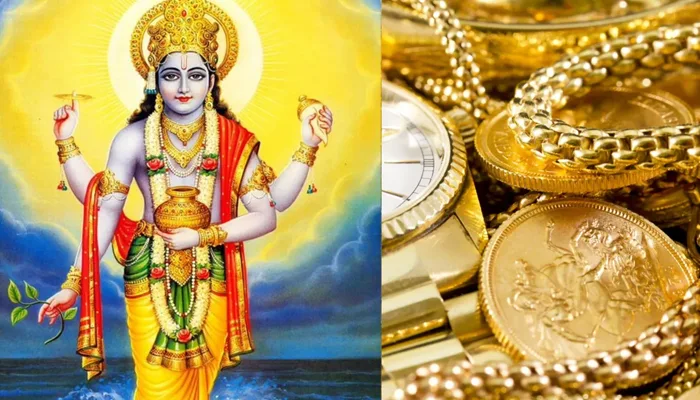
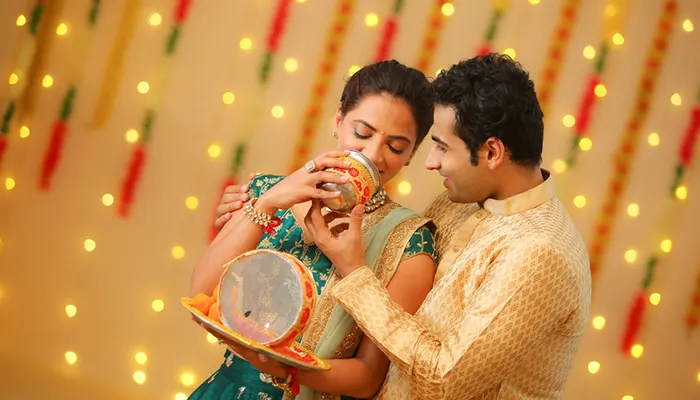
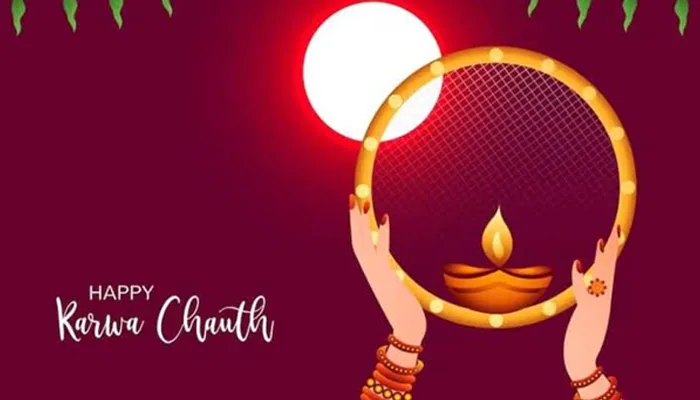
.webp)
